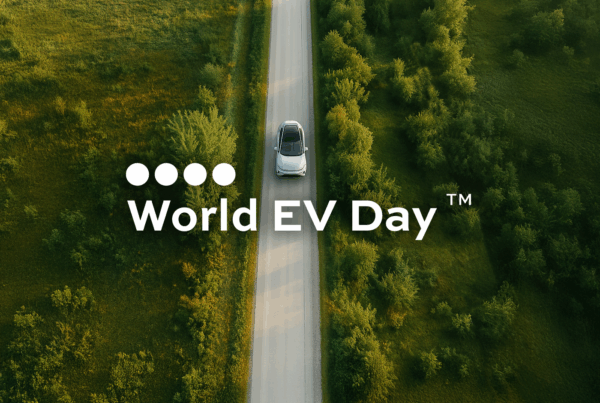Drive to Zero the unmissable event for decarbonised mobility, will this year host a meeting of experts organised by Driveco, the French leader in electric vehicle charging. On this occasion, Louis-Nicolas Amedee-Manesme, Chief Revenue Officer of the company, and Guillaume Poirier, electromobility manager of Sixt, will discuss the key elements of successful fleet electrification. They will also review the next steps in their fruitful partnership. A unique opportunity to access the best practices of two major players in the sector, recognised experts in their field.
Fleet electrification, a major regulatory and environmental challenge
Between regulations and strategies to reduce their greenhouse gas emissions, fleets are among the first levers for decarbonising companies. In 2024, more and more of them will have to evolve their vehicle fleets towards low-carbon models. However, a recent study1 showed that only 60% of them were reaching the thresholds set by the mobility orientation law.
Meeting the electrification challenge
Evolving your fleet towards more environmentally friendly vehicles is an essential and positive development, but one that involves many challenges. While a bill was tabled at the beginning of the year to accelerate and control the greening of corporate vehicle fleets, are companies and their stakeholders ready for this transition? How can we meet all the challenges involved?
Awareness, training, integration: the watchwords of the transition
Successfully transitioning to electric is not just about replacing combustion vehicles with electric ones. It’s a paradigm shift that involves taking into account the total cost of ownership of vehicles, reviewing automotive policy, but also allaying drivers’ fears, helping them understand new uses and integrating new actors into the decision-making process. At each stage, new questions emerge, requiring answers to be found.
For automotive professionals, the transition to electric vehicles represents a major challenge.
- How can they raise awareness among their customers about the use of electric vehicles while maintaining their revenues at an equivalent level?
- How réorganiser leurs processus et former leurs équipes, to reorganise their processes and train their teams, both on the use of new models and on the prospects for this mobility?
- What are the key elements for successfully carrying out this profound transformation?
- How to organise to manage all these projects simultaneously?
- How to identify and partner with the ideal partner ?
These are all issues to which Sixt has found solutions. It has thus been able to carry out a smooth and efficient transition to electric vehicles, perfectly meeting the expectations of both its employees and its customers. One of the determining factors in this successful approach: optimal management of vehicle charging issues, in which the company was supported by DRIVECO.
Want to discover the keys to Sixt’s successful transition to electromobility?



